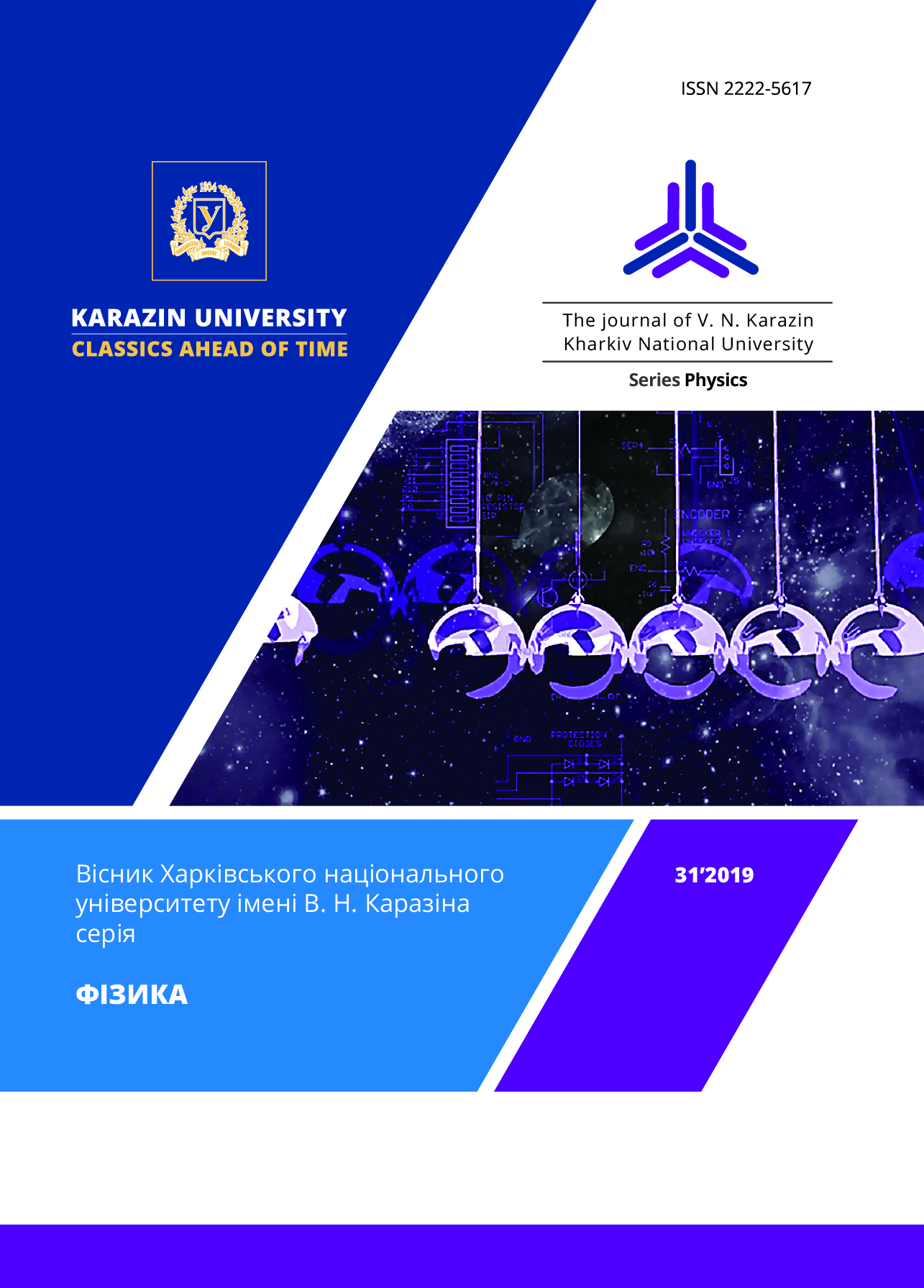Electroosmotic pressure in the process of a biocompatible coating applying on the inner surfaces of nanostructured ceramics
Abstract
The role of the effect of electroosmosis in the process of electrochemical deposition of a biocompatible coating on the inner surfaces of porous nanostructured ceramics, a material used to make endoprostheses and implants in medicine, is discussed.
The biocompatibility of endoprostheses and implants with the human body is ensured by applying a special coating on the internal and external surfaces of the base material. The commonly acepted chemical compound used to form this coating is hydroxyapatite Ca10(PO4)6(OH)2. Multicomponent ceramic materials, from which the basis of endoprostheses and implants are made, are usually obtained by the traditional method of powder metallurgy - sintering, i.e., exposure of a mixture of powders at an elevated temperature under pressure. The material obtained in this way is a polycrystal. In addition, the structure of such a material contains a certain amount of voids in the form of individual pores or their associations (capillaries).
The paper shows that the use of nano-structured ceramic materials with a characteristic average size of structural elements (grains, pores and their aggregations) of the order ≈(10–9–10–7)м as a material for the manufacture of implants may determine the greater efficiency of the process of electrochemical application of a biocompatible coating on them, since the resulting large electroosmotic pressure in the capillaries leads to a greater degree of filling of the porous system with electrolyte.
The magnitude of the electroosmotic pressure can be increased by increasing the strength of the acting electric field or by decreasing the dielectric constant of the electrolyte ε when additional chemical additives are introduced into the electrolyte.
The maximum degree of hollow channels (capillaries) filling with electrolyte, and, consequently, the efficiency of applying a biocompatible coating to the internal surfaces of ceramics using the electrochemical method, is achieved with the capillary system of the material being completely open.
Downloads
References
C W. Barsoum, Prog. Solid St. Chem., 28, 201 (2000).
I. Salama, T. El- Raghly, W. Barsoum, Journ. of Alloys and Comp., 347, 1 – 2 , 271 (2002).
A. A. Smetkin, Yu. K. Majorova, Vestnik PNIPU, 17, 120 (2015).
M. A. Hadi, R. V. Vovk, A. Chroneos, J. Mater. Science: Mater. Elektron., 27, 11925 (2016).
M. A. Hadi, M. Roknuzzaman, A. Chroneos, S. H. Naqib, A. K. Islam, R. V. Vovk,
K. Ostrikov, Comput. Mater. Science, 137, 318 (2017).
J. Katic, M. Metikos – Hukovic, R. Babic, J. Appl. Electrochem., 44, 87 (2014).
Ju. I. Boyko, Vestnik HNU, Physic, 15, 54 (2011).
V. Skorohod, S. M. Solonin, Metall. Sintering, Moskow, (1984).
P. V. Istomin, A. V. Nadutkin, Ju. I. Riabkov, B. A. Goldin, Neorg. Materials, 42, 292 (2006).
R. V. Vovk, N. M. Prokopiv,V. A. Chishkala, M. V. Kislitsa, Functional Materials, 25, 43 (2018).
M. Ashby, R. Verral, Acta Metall, 21, 149 (1973).
V. М. Finkel, Fizika razrusheniya, Moskva, Metallurgiya (1970).
X. Lin, K, Groot, D. Wang, Q. Hu, D. Wismeijer, Y. Liu, The Open Biomedical Engineering Journal, 9, 56 (2015).
M. Smoluchowski, Handbuch der Electrizitat and Magnetismus, 2, Leipzig (1959).
J. Newman, Elektrohimicheskiye sistemy, «Mir», Moskva (1977).
L. I. Antropov, Teoreticheskaya elektrohimiya, «Vyshaya shkola», Moskva (1975).
Ya. I. Frenkel, Kineticheskaya teoriya zhidkostej, Leningrad, «Nauka» (1975).
Ju. I. Boyko, Vestnik HNU, Physics, 18, 20 (2013).








3.gif)
